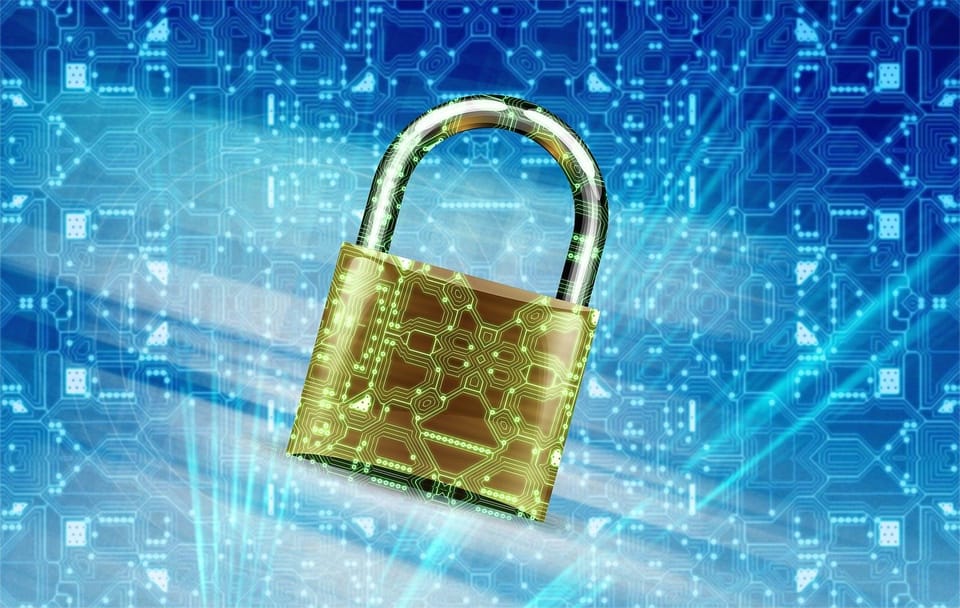Imitation Games, Hidden Figures, Open Access, The Malevolent Tales Mill, Securing Cloud Security, and Taking Pen Testing Seriously. It's CISO Intelligence for Friday 16th May 2025.
"Who are you?" - a new level of mimicry, real invisibility cloaking, giving it all away, damn lies and viral content, fortifying cloud structure, and making more than the right noises.

Table of Contents
- Voice Deepfake Shenanigans: A New Kind of Identity Crisis
- Steganography Sashay: Dancing with Cyber Danger
- Chrome’s Cheeky Cross-Origin Caper: A Data Leak Drama
- The Fabricated Train Ride: When Napkins Turn to Narcotics
- From Code to Cloud: The Ultimate SOC Adventure
- Pen Testing for Real: When Compliance Isn't Enough
Voice Deepfake Shenanigans: A New Kind of Identity Crisis
When your own voice becomes your worst enemy.
What You Need to Know
The recent wave of voice deepfake attacks has infiltrated the defenses of U.S. officials and organizations, with incidents reported since April. Cybercriminals are leveraging sophisticated deepfake technologies to impersonate high-ranking personnel and execute fraudulent activities. The immediate risk calls for heightened vigilance and strategic response from security teams. Executive management is advised to review current authentication protocols and invest in advanced voice verification solutions to counteract this emerging threat.
CISO focus: Deepfake Authentication Security
Sentiment: Strong Negative
Time to Impact: Immediate
As voice deepfake technology becomes increasingly prevalent and sophisticated, U.S. officials and organizations are facing an identity crisis. Since April, there has been a spike in cybercriminals using this technology to execute high-profile social engineering attacks. Let's delve into these digital impersonations, see how they are pulling the wool over our eyes—or rather, ears—and explore what can be done about it.
The Deepfake Landscape
Deepfakes, traditionally associated with synthetic media in the form of manipulated videos and images, have now stepped into the realm of voice. This cybertrend involves using AI technology to synthetically reproduce an individual's voice, allowing perpetrators to conduct business transactions, request sensitive information, or engage in other deceitful activities without raising suspicion from the listener.
Key Incidents and Impacts
- Recent Attacks: Per the FBI, these voice deception tactics have recently targeted U.S. officials, wherein attackers used deepfake voice recordings to impersonate high-ranking individuals.
- Corporate Threats: Organizations find themselves at risk, as voice deepfakes can be used to fabricate financial instructions or gain unauthorized access to sensitive data.
- Rising Concerns: Such incidents not only shake trust within organizations but also highlight potential national security implications if government officials are consistently targeted.
Recognizing and Mitigating Risks
Taking the cyberbull by the horns, security teams need to arm themselves against these ethereal interlopers. Here’s how:
Proactive Measures and Strategies
- Advanced Authentication: Incorporate multi-layered voice authentication systems which involve biometric analysis and can detect synthetic voices.
- Training & Awareness: Educate employees and executives about the existence of deepfake technology and its potential risks, enhancing their audial acuity to distinguish genuine from counterfeit.
- Real-Time Monitoring: Implement AI-driven monitoring systems that assess vocal irregularities and flag suspicious interactions for further evaluation.
Voices from Within: Addressing Compliance
While technology can guide us in this audio minefield, compliance policies must also echo the need for stringent measures:
- Policy Frameworks: Update cybersecurity frameworks to include comprehensive guidelines on identifying and responding to voice deepfake threats.
- Regulatory Support: Collaborate with regulatory bodies to standardize best practices across industries, encouraging a unified front against audio-fraud.
When 'That’s Not Me' Just Isn't Enough
The war on voice deepfakes rages on, largely because the technology is so appealing to those looking to cause mayhem with minimal resources. With experts predicting further sophistication in deepfake capabilities, government authorities, corporations, and individuals cannot afford to turn a deaf ear.
- Government Intervention: Legislation tailored to restrict the use of deepfake technology is essential. The onus is on lawmakers to consider ramifications and implement appropriate legal frameworks to deter misuse.
- Continued Research: Encourage tech advancements in deepfake detection, fostering collaborations between public and private sectors to develop robust solutions.
Vendor Diligence Questions
- Does the vendor offer voice recognition technology capable of detecting deepfake audio?
- How frequently does the vendor update their voice authentication systems against emerging deepfake techniques?
- What compliance protocols does the vendor adhere to in relation to AI-driven identity verification?
Action Plan
- Policy Review: Reassess current security policies to include voice deepfake contingencies.
- Tech Evaluation: Evaluate and invest in advanced voice verification and AI-driven monitoring solutions.
- Training Programs: Launch immediate staff awareness programs about the risks and identification techniques of voice deepfakes.
Source: FBI: US officials targeted in voice deepfake attacks since April




